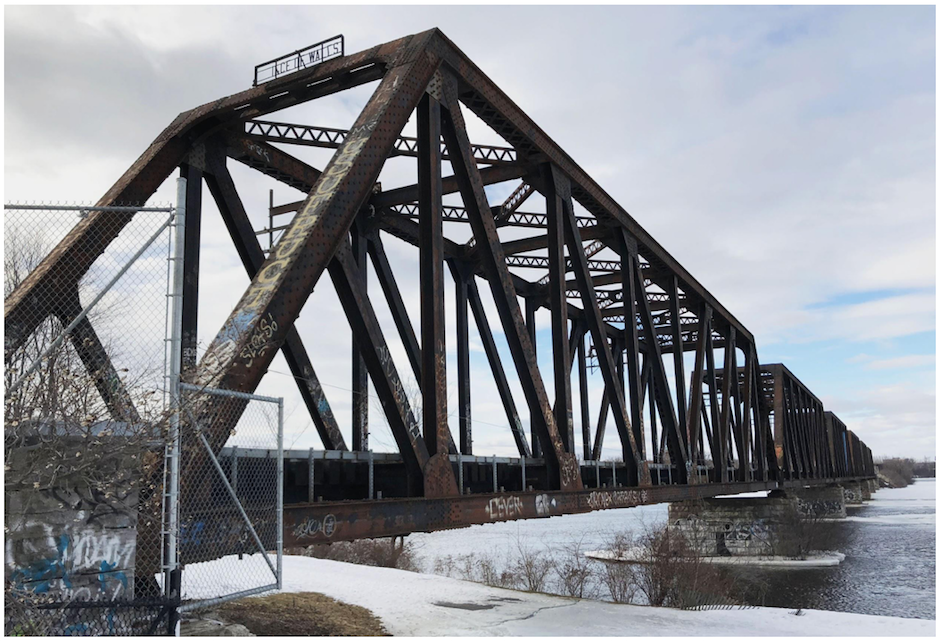Editorial: City must listen to what citizens want for future of bridge
By Anita Brown, Editor-in-Chief
The future of the Prince of Wales Bridge has been a question mark for years, but pressure is being put on the city to come up with an answer — and soon.
The Canadian Transportation Agency has ordered the City of Ottawa to either restore, shut down or sell the 137-year-old bridge.
The CTA has given the city until April 28 to make its decision, and another year after that date to bring whatever plan it chooses to fruition.
The rail line and bridge in the northwest corner of Centretown, which connects Ottawa and Gatineau over the Ottawa River, have been in a state of limbo for far too long, and the time has come for someone — anyone — to finally take action.
Mayor Jim Watson has objected to the CTA order. He sent a letter to federal Transport Minister Marc Garneau in early March insisting that the CTA ruling and the imposed timeline for a decision are unfair to the city and its taxpayers.
Watson has asked for more time to explore a potential commuter rail link between Ottawa and Gatineau, a plan he said was projected for “Phase 3B” of the city’s LRT system.
With no projected timeline set for “Phase 3B”, this plan (or lack thereof) means the future of the bridge remains unknown.
But some of the bridge’s supporters are urging Garneau not to let the city off of the hook too easily — though they acknowledge the minister could cut Watson a little slack on timing.
The advocacy group Ottawa River Bridge is pushing for a firm decision on the proposed Ottawa-Gatineau rail link within a year. The group does not want Garneau to rescind the CTA’s order, but to amend it to give the City Ottawa more time to finalize its plans.
If the CTA sticks with its current deadline, the city will have only a few weeks to reach a conclusion about what to do with the bridge. Ottawa does need to decide, and it needs to decide fast. But the CTA’s guillotine deadline may well be too tight.
Who, ultimately, would be best to determine the fate of the bridge than the people who will be using it? Going forward, it is essential that the city listens to the opinions of local citizens, whether those ideas are implemented within the next year or five years from now.
And perhaps, if the CTA recognizes the need for comprehensive public consultation about the bridge, it could be flexible with the deadline.
The bridge is a symbol of the social and economic integration of Ottawa and Gatineau. Another transportation link between the two cities seems like an obvious course of action for the future. Cycling and pedestrian routes along the bridge would deepen the connection between the national capital’s two cities, and would meaningfully repurpose a prominent piece of Ottawa’s skyline.
After sitting unused for years, residents deserve a clear answer on the fate of a city landmark. But Ottawa residents should not just be informed of the outcome; they must be included in the decision-making process and have a hand in forging a solution.

